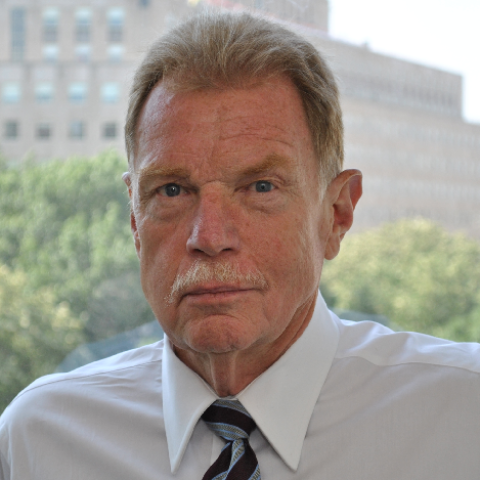* __There is no Colorado “survey” of youth marijuana use and no instrument “representing” Colorado youth.__
* __The survey response rate, only 46 percent, was inadequate; crucially, below the threshold set by the Centers for Disease Control.__
* Media reported youth use “flat,” but steep increases were widespread.
* __Colorado youth marijuana use is not “below the national average”—Colorado has the highest rate of marijuana use in the nation.__
* __The only “lesson” about legalization is how rapidly it has corrupted key institutions and the press.__
The 2015 Healthy Kids Colorado (HKCS) school survey, which polled middle school and high school students, made news nationwide.
Uniformly, media described the results as good news for marijuana legalization advocates. Most coverage (such as the Washington Post, Denver Post, Fox News reported that, compared to two years prior, marijuana use was “flat,” because the changes were not “statistically significant.” Nonetheless, some outlets (Time, Scientific American even declared them a decrease.
Since it is the first state level youth survey following Colorado legalization of retail marijuana sales in January 2014, legalization advocates speculated that there would be no impact on youth marijuana use compared to the previous HKCS taken in 2013. That spin was wrong.
Notwithstanding multiple media accounts to the contrary, the Colorado 2015 Health Kids Colorado Survey (HKCS) does not constitute a probability sample for which any such comparisons can be made.
According to the Centers for Disease Control (CDC), Colorado did not produce survey “response rates” at the 60 percent minimum necessary for reliable results (in fact, the student response rate for HKCS in 2015 was no more than 46 percent).
Hence, the results from the HKCS represent no more than the use rates of those who completed the questionnaire. Most of all, the results are +not comparable to any prior survey, any more than they can represent Colorado’s current rates of youth marijuana use.+
Because the data were unweighted, there can be no question of statistical significance when compared to either prior years, or to some purported “national average.” By CDC criteria, the respondents “stand for” no set of students beyond themselves.
Moreover, even those results, were they able to be compared to 2013, showed many instances of steep increases, particularly for high school juniors and seniors in regional breakdowns.
It was only by virtue of “averaging” these increases with those of lower grades, such as 8th graders who have minimal prevalence of marijuana use, did these changes purportedly show “no increase.” Without sample weightings, this “averaging” is not meaningful.
Media reporting on these results has misrepresented the facts. Marijuana use in 2015 is not “flat” nor down in comparison to any other year. Nor is the “average” of use lower than the national average. Moreover, there is no “lesson” from this report regarding the impact of Colorado’s legalization policy.
The purported findings presented to the public are false, and constitute a failure of the media to check the facts and report them. Journalists seem to have decided that marijuana legalization is not harmful and the facts just don’t matter. This willful blindness is more than a failure of journalist responsibility. It represents a grave and continuing risk to the well-being of American youth exposed to marijuana.
Our full analysis of the findings and their limitations will be posted at http://hudson.org/research/12615-misrepresenting-colorado-marijuana.
















